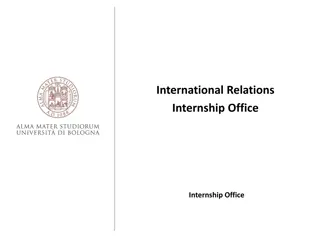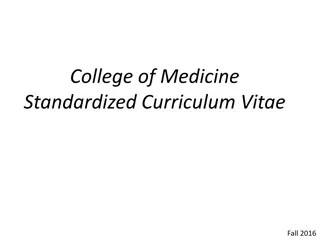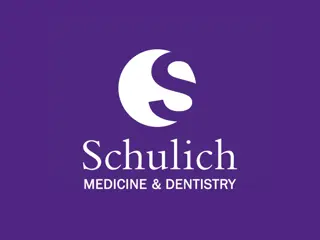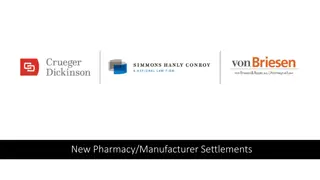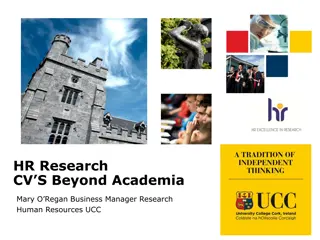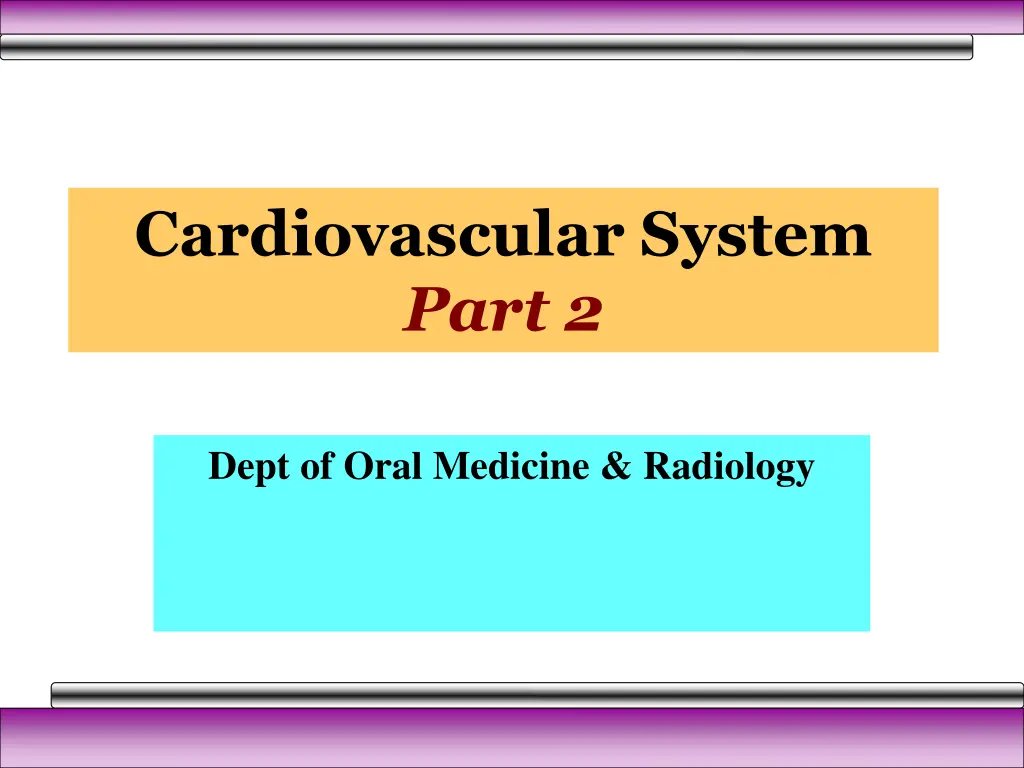
Dental Considerations for Valvular Diseases in Cardiovascular System
Learn about the dental considerations for patients with valvular diseases in the cardiovascular system. Understand the risks associated with infective endocarditis and bleeding during dental treatments. High-risk, moderate-risk, and negligible-risk valvular lesions are discussed, along with guidance on infective endocarditis prophylaxis procedures and antibiotic regimens. Stay informed to provide safe and effective dental care for patients with valvular diseases.
Download Presentation

Please find below an Image/Link to download the presentation.
The content on the website is provided AS IS for your information and personal use only. It may not be sold, licensed, or shared on other websites without obtaining consent from the author. If you encounter any issues during the download, it is possible that the publisher has removed the file from their server.
You are allowed to download the files provided on this website for personal or commercial use, subject to the condition that they are used lawfully. All files are the property of their respective owners.
The content on the website is provided AS IS for your information and personal use only. It may not be sold, licensed, or shared on other websites without obtaining consent from the author.
E N D
Presentation Transcript
Cardiovascular System Part 2 Dept of Oral Medicine & Radiology
Previously . Introduction Hypertension Ischemic heart disease
Valvular diseases Congenital Acquired Obstructive (stenotic) Incompetent (regurgitant) Mostly affect aortic and mitral valves
Valvular diseases Dental Considerations Two main concerns during dental treatment The risk of infective endocarditis The risk of bleeding in anti coagulated patients.
Valvular lesions may predispose to endocarditis High risk lesions Moderate risk lesions Negligible risk lesions
High risk lesions Prosthetic valves Aortic valve disease Mitral valve disease Regurgitation Mixed mitral valve disease
Moderate risk lesions Mitral valve prolapse (with regurgitation) Mitral stenosis Sub-aortic valve stenosis Bicuspid aortic valve
Negligible risk lesions Pulmonary stenosis Mitral valve prolapse without regurgitation
Infective endocarditis prophylaxis Prophylaxis procedures associated with significant bleeding from hard or soft tissues, periodontal surgery, scaling and professional teeth cleaning Antibiotics administered more than 4 hours after the procedure probably have no prophylactic benefit
Situation Agent Regimen Standard general prophylaxis Amoxicillin Adults: 2.0 g; children: 50 mg/kg orally 1 h before procedure Unable to take oral medications Ampicillin Adults: 2.0 g IM or IV; children: 50 mg/kg IM or IV within 30 min before procedure Allergic to penicillin Clindamycin Adults: 600 mg; children: 20 mg/kg orally 1 h before procedure Cephalexin or cefadroxil Adults: 2.0 g; children; 50 mg/kg orally 1 h before procedure Azithromycin or clarithromycin Adults: 500 mg; children: 15 mg/kg orally 1 h before procedure Allergic to penicillin and unable to take oral medications Clindamycin or Cefazolin Adults: 600 mg; children: 20 mg/kg IV within 30 min before procedure Adults: 1.0 g; children: 25 mg/kg IM or IV within 30 min before procedure
Endocarditis prophylaxis recommended Dental extractions Periodontal procedures including surgery, scaling and root planing, probing, and recall maintenance Dental implant placement and reimplantation of avulsed teeth Endodontic (root canal) instrumentation or surgery only beyond the apex where bleeding is anticipated Subgingival placement of antibiotic fibers or strips Initial placement of orthodontic bands but not brackets Intraligamentary local anesthetic injections Prophylactic cleaning of teeth or implants
Endocarditis prophylaxis not recommended Restorative dentistry (operative and prosthodontic) with or without retraction cord Local anesthetic injections (nonintraligamentary) Intracanal endodontic treatment; post placement and buildup Placement of rubber dams Postoperative suture removal Shedding of primary teeth Placement of removable prosthodontic or orthodontic appliances Taking of oral impressions Fluoride treatments Taking of oral radiographs Orthodontic appliance adjustment
Patients on anticoagulant therapy Prothrombin time & INR prior to treatment Most procedures safely performed without withdrawing anticoagulant therapy (INR is 2.5 or below) The risk of lowering a patient s INR below the therapeutic range vs the risks of thrombosis patient s physician Obtain INR test as close to the planned procedure as possible.
Patients on anticoagulant therapy Blood loss during and after surgery may be significant but incidents not serious local measures. An anti-fibrinolytic mouthwash containing tranexamic acid (4.5%) suppress post-operative bleeding without needing to modify the dose of warfarin Gelatin sponges, oxidized cellulose and micro crystalline collagen are other useful haemostatic agents.
Clinical significance Many drugs interact with oral anticoagulants causing derangement of anticoagulation Eg: Miconazole Intramuscular injections to be avoided to prevent hematoma formation
Patients on cardio active drugs Lot of medication. Following uncomplicated MI not unusual to be discharged from hospital Aspirin, a beta-adrenergic blocker, as well as cholesterol lowering medication
Heart failure all of these + ACE inhibitor, digoxin and warfarin drug interaction must be considered. For example, if adrenaline-containing local anesthetics administered to patients taking beta-blockers steep rise in blood pressure cardiovascular complications.
Oral side effects of Cardiac drugs Altered taste (ACE inhibitors ) Impaired salivary function (anti- dysrhythmic agents and the anti- hypertensive drugs) Gingival hyperplasia ( nifedepine, amlodepine)
Patients with pacemakers Diathermy Electronic apex locators Ultrasonic scalers Ultrasonic cleaning baths Electric pulp testers Dental hand pieces are safe

